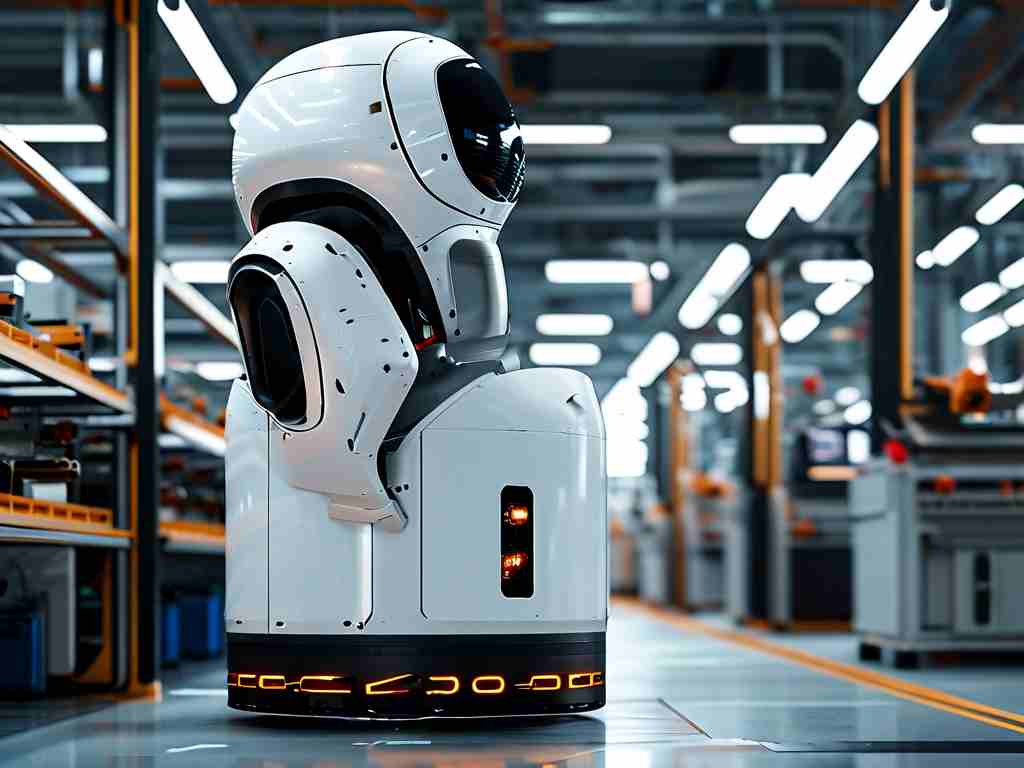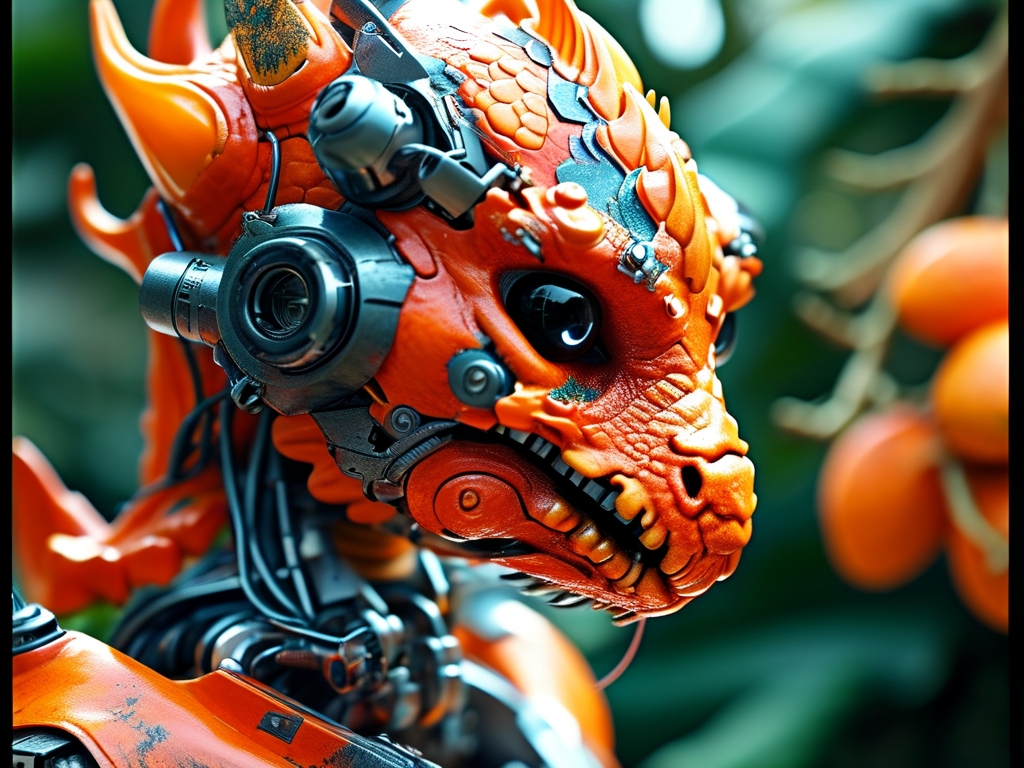In an era where robotics innovation blurs the lines between machines and biological organisms, camouflage robotics has emerged as a frontier technology reshaping industries from defense to environmental monitoring. This article explores the engineering marvels behind robots that mimic natural appearances and behaviors, while addressing ethical debates surrounding their deployment.
The Core Principles of Camouflage Robotics
Modern camouflage robotics relies on three pillars: biomimetic design, adaptive material science, and real-time environmental interaction. Unlike conventional robots with fixed appearances, these machines integrate flexible polymer skins embedded with micro-actuators. For instance, researchers at MIT recently demonstrated a prototype using layered silicone membranes filled with thermochromic pigments, enabling color shifts within 0.3 seconds when exposed to thermal stimuli.
The control systems powering these robots employ convolutional neural networks (CNNs) trained on vast datasets of natural patterns. A notable example is Project ChameleonX – a joint venture between DARPA and Boston Dynamics – where robots analyze surroundings through LiDAR and hyperspectral imaging, then replicate textures ranging from tree bark to concrete surfaces through microfluidic channels in their exterior layers.
Cutting-Edge Applications
Military Reconnaissance: The U.S. Army's "Phantom Scout" program deploys snake-like robots that mimic desert vipers. These units can bury themselves in sand during daytime operations, with solar-charging capabilities extending mission durations to 72 hours. Field tests in 2023 showed 89% effectiveness in avoiding detection by infrared and motion sensors.
Wildlife Conservation: In Australia's Great Barrier Reef, turtle-shaped robots with non-invasive sensors monitor coral bleaching. Their flipper propulsion systems replicate marine life movements so precisely that actual sea turtles have been observed interacting with the machines during trials.
Urban Infrastructure: Tokyo-based startup Mirai Tech developed pigeon drones that perch on power lines to inspect electrical systems. Equipped with feather-like graphene-based sensors, these drones detect electromagnetic anomalies with 0.01% margin of error, significantly outperforming human technicians in identifying early-stage grid failures.
Technical Challenges and Breakthroughs
Developing effective camouflage robots faces multiple hurdles. Power consumption remains critical – dynamic color-changing systems can drain standard batteries within 15 minutes. Recent advancements in triboelectric nanogenerators (TENGs) offer solutions by harvesting energy from mechanical movements. The Shanghai Institute of Robotics demonstrated a prototype last month that sustains operation for 48 hours through joint movement energy capture.
Material durability poses another challenge. Standard camouflage materials degrade after 200-300 transformation cycles. A breakthrough came from Swiss researchers who created self-healing elastomers using supramolecular polymers. These materials can repair minor surface cracks through molecular reorganization when heated to 40°C – roughly equivalent to sunlight exposure in tropical environments.

Ethical Considerations
The very features that make camouflage robots valuable also raise concerns. Privacy advocates warn about potential misuse in surveillance – a 2022 incident in Hamburg involved unauthorized drone units disguised as seagulls filming private properties. Regulatory bodies are now pushing for "identification protocols" requiring all camouflage robots to emit specific RF signatures detectable by authorized scanners.
Military applications spark intense debate. While the Geneva Convention currently lacks specific provisions for robotic combatants, NATO recently established ethical guidelines prohibiting "biological-perfect mimicry" in conflict zones. This follows a 2023 incident where camouflage drones caused accidental wildlife casualties during counter-poaching operations in Kenya.
Future Directions
Next-generation camouflage robotics is moving toward multi-spectral invisibility. Projects like the European Union's GHOST initiative aim to develop robots that manipulate visible light, infrared, and radar signatures simultaneously. Early prototypes use metamaterial "cloaks" containing precisely arranged nano-antennas that bend electromagnetic waves around the robot's core structure.
Another promising frontier lies in biological hybridization. Researchers at Stanford successfully integrated living plant cells into robot chassis last year. These "phyto-bots" maintain photosynthetic capabilities while performing soil analysis tasks, opening possibilities for truly organic-machine hybrid systems.

From enhancing national security to protecting endangered ecosystems, camouflage robotics continues to push technological boundaries. As these machines become increasingly indistinguishable from natural entities, society must balance innovation with responsibility – ensuring this powerful technology serves as a tool for progress rather than deception. With global investments in camouflage robotics projected to reach $12.7 billion by 2028, the coming decade will undoubtedly reveal new capabilities – and new challenges – in this fascinating field.









